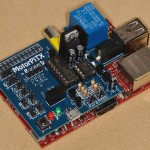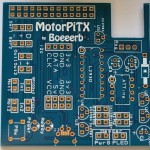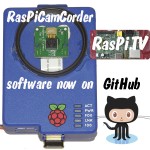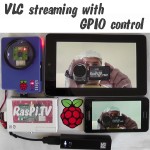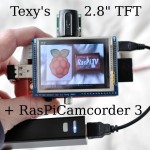
At the end of August, I bought one of Texy’s 2.8 inch 320×240 touch-screens to have a play with. I thought it’d be great if I could somehow get it working with my RasPiCamcorder. Although, at the time, you had to jump through quite a few hoops to get the drivers working, and nobody had yet done the necessary work to enable camera output to be displayed on it. Then I got busy with KickStarter and HDMIPi and it lay untouched until December. I periodically looked in on the camera section of the Raspberry Pi […more…]



